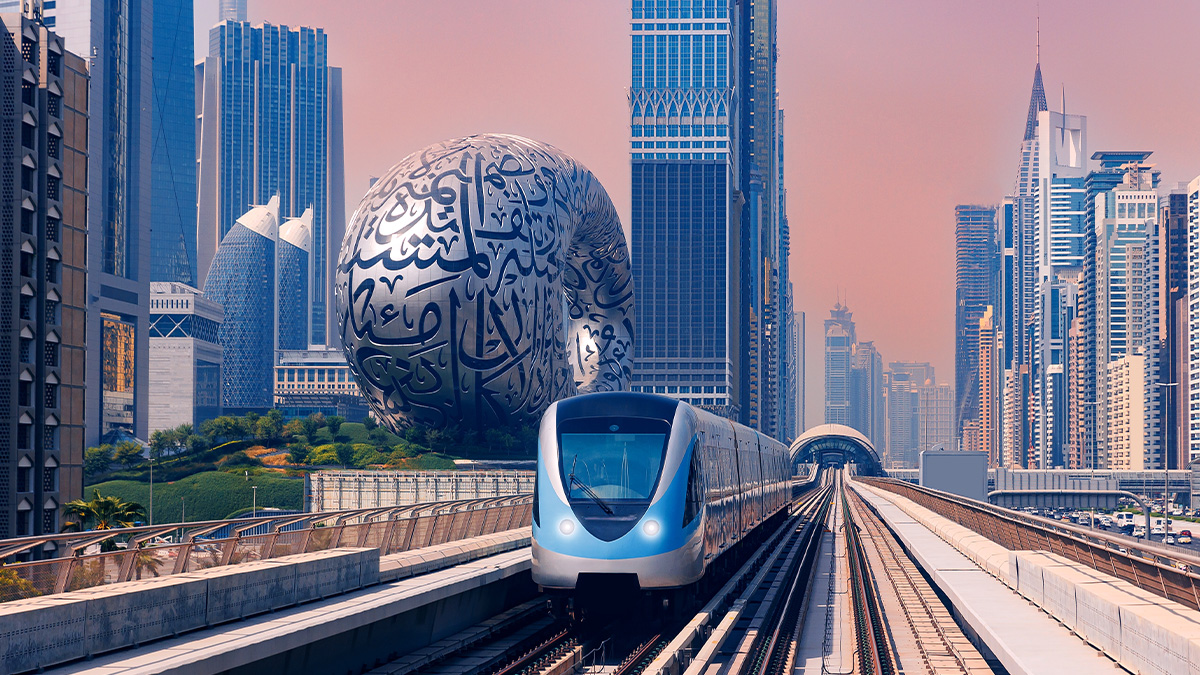Few cities have changed as quickly or as visibly as Dubai. Over the past decade, its streets, buildings and transport systems have been transformed, and with that, the expectations of what a modern city should provide have moved forward. Growth alone isn’t enough. A city must work for everyone who lives in it, moves through it, or visits. That idea has taken hold in planning circles and government strategy, where inclusion and accessibility has become a clear priority.
It now features in everything from audits and design standards to public development plans and real estate briefs.
This article looks at how that progress is taking shape, where the gaps still are and what to watch over the next few years.
Where change is happening: practical progress
Much of the recent momentum traces back to a city-wide accessibility audit in 2023, carried out under the Ministry of Community Development in coordination with local authorities. Around 300 public buildings were assessed, setting a benchmark that has since fed directly into planning policy and design standards.
What followed has been steady but visible change. Streets that once presented barriers are being rebuilt to remove them. Narrow pavements have been widened, crossings levelled, and public walkways made easier to navigate. In metro stations, small but deliberate upgrades have made boarding less of a challenge, especially for wheelchair users. At Dubai International Airport, even in a space defined by its scale, step-free routes and dedicated counters are helping reduce friction for travellers with mobility needs.
Accessibility is no longer being added in later. It is now written into the design and delivery of new buildings, public infrastructure and urban planning projects across the city
Tourism and hospitality: Access that starts at the airport
At Dubai International, accessibility has become a clear design priority. The changes are part of an ongoing programme shaped by Dubai Airports in line with the Emirates Accessibility Progress Report and informed by direct feedback from travellers and disability advocacy groups.
Step-free routes now link key parts of the airport more logically, from terminal entrances to onward transport. Counters and help points have been moved to where they’re actually needed. Signage is clearer too, both in placement and language, and staff are trained with the aim of helping people navigate confidently, not just pointing them on their way.
In isolation these changes might seem minor but together, they show what happens when accessibility is planned rather than patched. Facilities like mobility aid collection, accessible toilets and changing rooms aren’t tucked away any more, they’re where they should be. For travellers with limited mobility, particularly those flying solo, these things make a real difference from the moment they arrive.
Property and urban design: Inclusion at street level
New builds now reflect a deliberate effort to embed accessibility in how Dubai plans and builds. Following Executive Council Resolution No. (1) of 2022, the Dubai Universal Design Code is now mandatory for all new public and private developments which means that access had to be considered from the earliest stage, not just adapted later.
You can see the result in places like City Walk and Bluewaters, where wide, level walkways, smooth transitions and step-free entries were part of the plan, not retrofitted features. At JBR, beach wheelchair ramps and gently sloped promenades are integrated into the setting, not set aside from it. This is what it looks like when access is part of the plan.
In newer districts and large-scale developments, mobility is built in early. Wayfinding, surfaces, gradients and transport links are all part of the layout, not added to it. That kind of foresight is a real change, both in design and expectations. Rather than being an afterthought, access is part of the early conversation.
Accessibility as a given
Independence comes from being able to move through a city without needing to ask. That means rolling off a train and finding a clear path through the station. It means using a public toilet without having to look for staff. It means arriving at a hotel and knowing the room will work without adjustment.
This kind of ease is often the dividing line between comfort and fatigue. UAE-based wheelchair users have described Dubai as one of the few cities where they can simply get on with their day. Not because everything is perfect, but because the basics are handled. Access is built into the experience.
That matters more than any single upgrade. It reduces the reliance on help, gives people more control over their time, and removes the extra steps that turn a normal day into a logistical effort. The ability to live without planning every move in advance is what most would call freedom. Here, it’s starting to feel like a basic expectation.
Looking ahead
There is still ground to cover. The Emirates Accessibility Plan runs through 2025, with federal targets tied to public spaces, digital services, transport, and tourism. Audits are ongoing, and new enforcement tools are giving regulators more scope to track and flag issues. The Ministry of Community Development continues to push for implementation across all Emirates, while the agenda is steadily widening to include private venues, housing, and commercial developments. Awareness is also evolving. More property owners and service providers are treating accessibility as a starting point — something built into the concept, design and delivery, rather than added later because of oversight. It signals a quiet but lasting change in what cities are expected to deliver.

